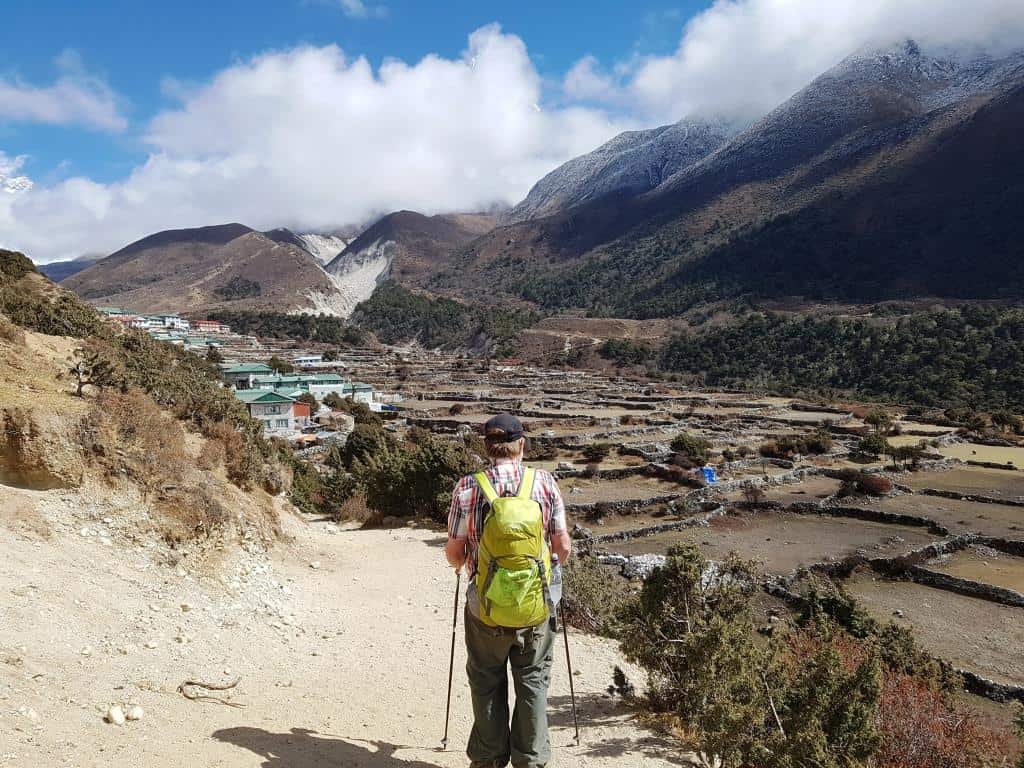I guess ‘everyone’ understands about calories per gram in choosing their hiking food requirements – if you want to save weight, and have realised that does not mean eating nothing but peanut butter – 6 calories per gram or 7 for real butter, no matter how weight-desirable that might be (I have many food tips here) – but there are many other similar considerations.

For example the post Fuel Follies (and others) explains how you can save weight by carrying less fuel, alternative fuel or lighter stoves of various sorts. This line of reasoning culminates in a 20 gram titanium roll up wood burning stove which you can make for yourself for less than $4 in the post Mastery of Fire – amongst other things.
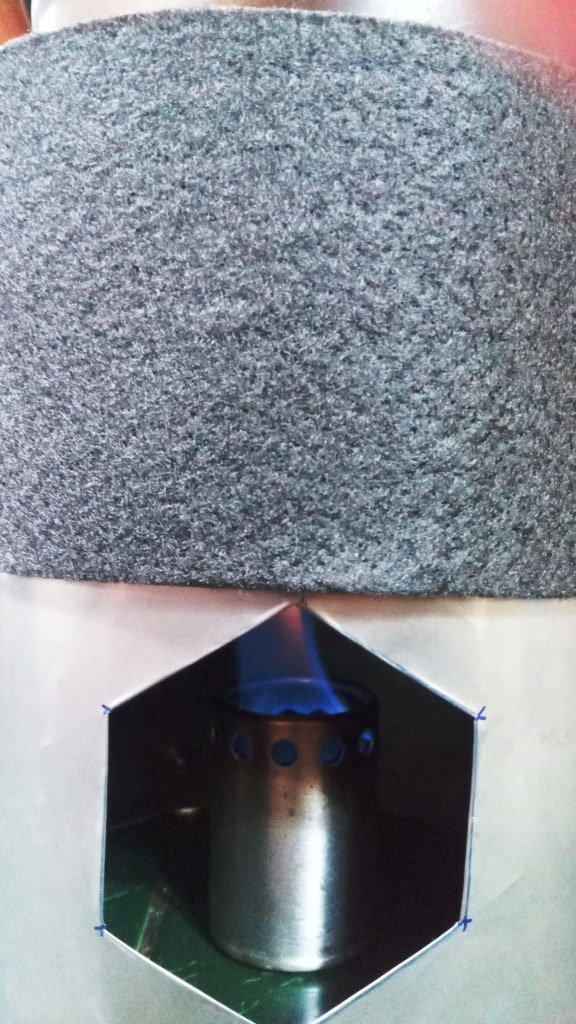
Similarly in the post A Lazy Man’s Guide to Hiking and Hunting I make some attempt to explain how much energy is consumed by carrying various items of different weights, such as heavier shoes, backpacks, hiking poles, guns etc. I do the actual calculations there. This is simple Physics but it does not feature in many people’s calculations.
I point pout that there comes a point where you are having to carry the extra food in order to be able to carry the extra weight in order to carry the extra food, and so on. Every gram you save reduces the amount of overall energy you need, so that you save and save again.
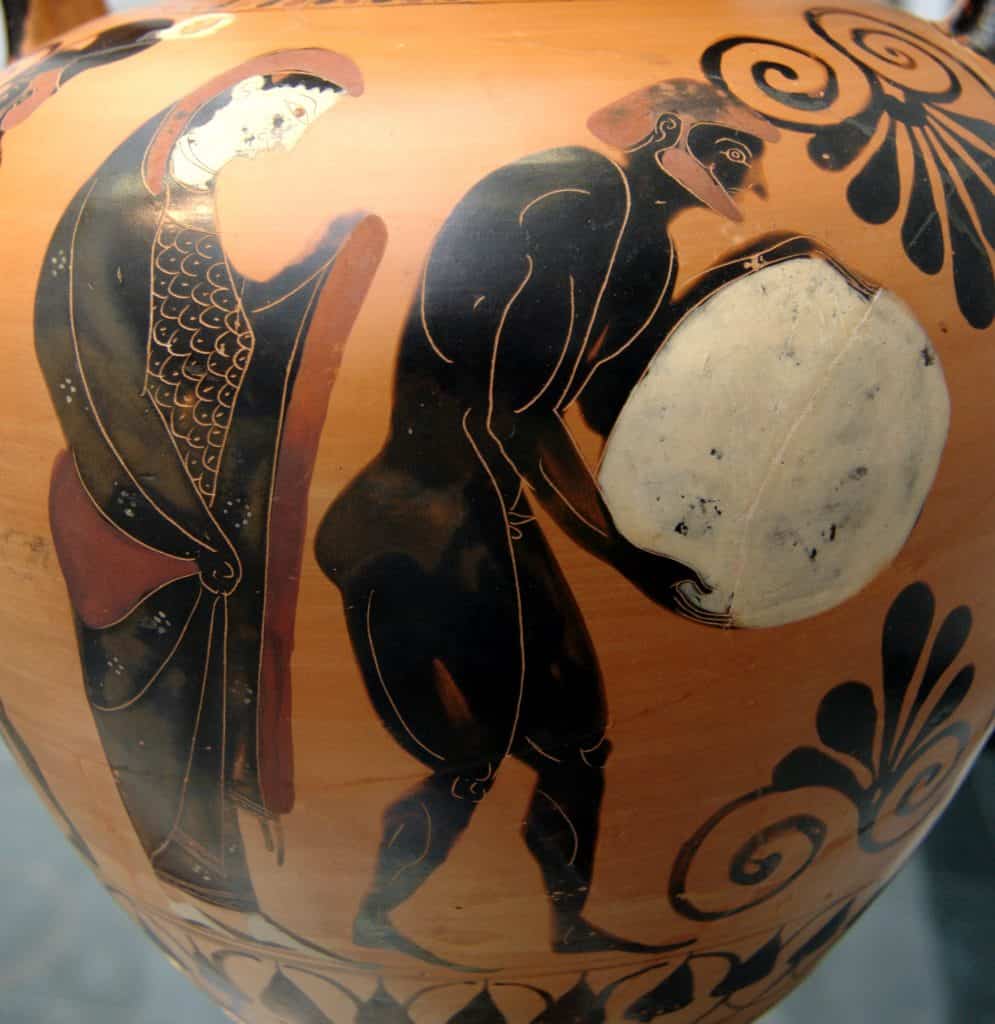
I have a daughter for example (who being much younger and fitter than I am) is ‘happy’ enough to continue to carry a pack which probably weighs 2-3 kg (‘because it is comfortable’ as she says – as if a 3-400 gram pack such as my wife and I use (See eg EBC Gear List) would inevitably be ‘uncomfortable’), as well as a 2 kg tent, a heavy gas bottle and stove, and etc. I predict however she will get older and wiser!
Photo Below: Cruising into Pangboche Nepal (EBC) November 2019:
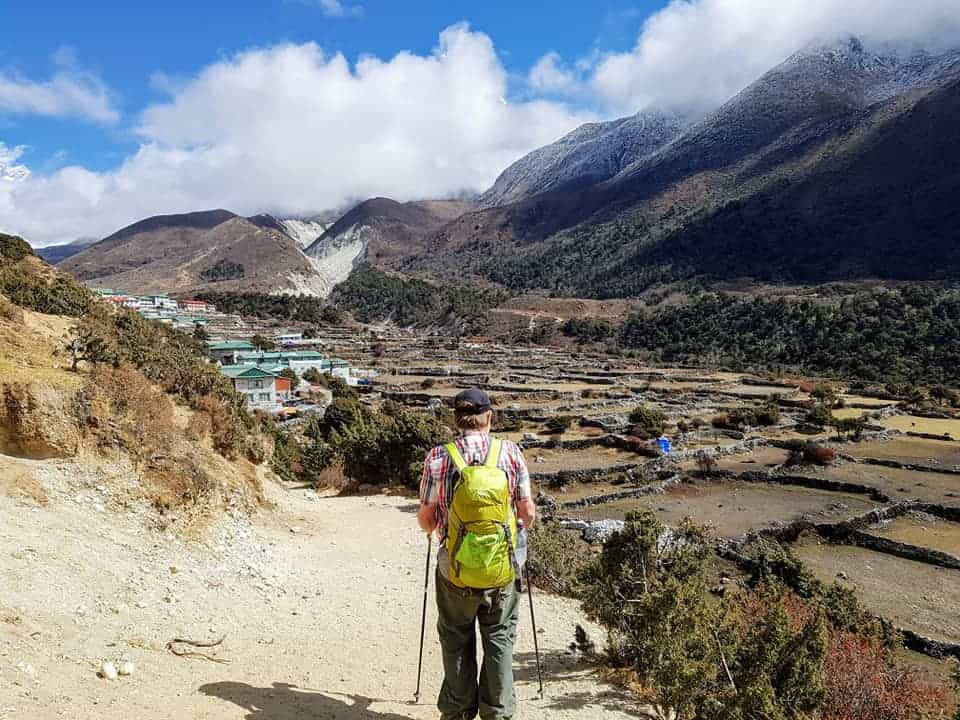
All this preamble is leading up to the observation that in all things hiking and hunting (and everything else for that matter – e=mc2), everything comes down to energy – which is expressed in calories. It may not be immediately apparent to you (for example) that ‘no cook’ hiking does not actually save energy, as your body has to heat the food you eat to 37C (before digestion occurs).
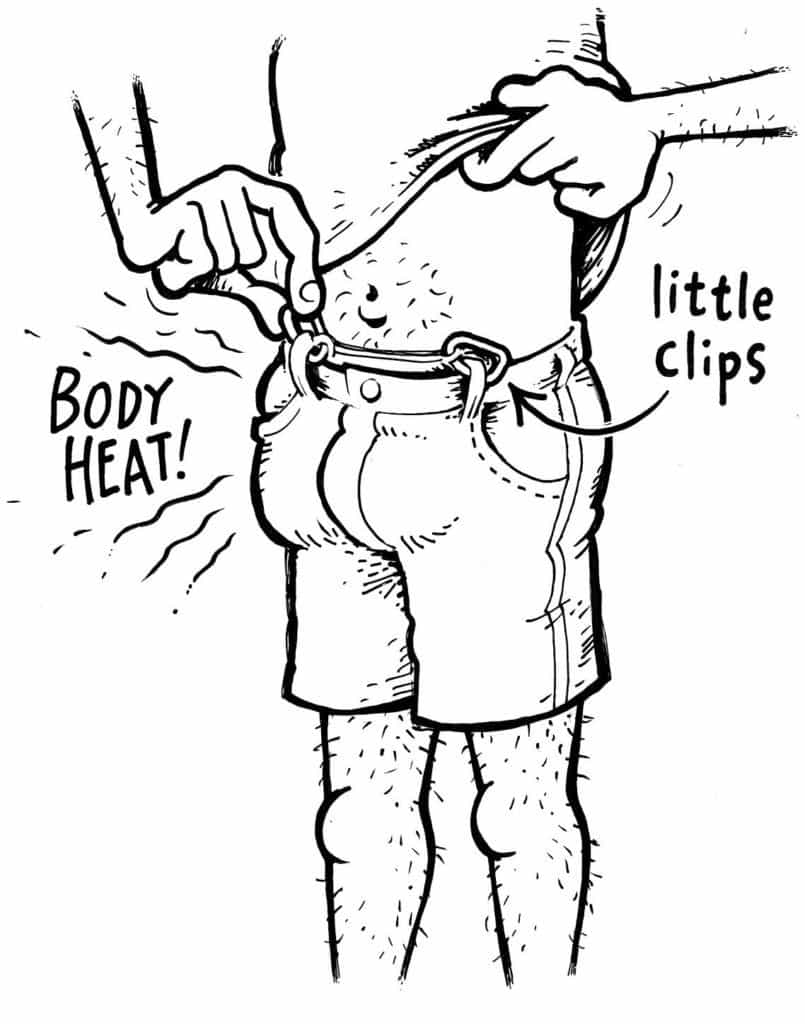
The extra chewing and digestion required by uncooked food (supposing you actually can extract the same amount of energy from it – you can’t. This is the man advantage of the invention of fire ie the roughly doubling of available food as a result of cooking) also requires calories to perform that ‘work’.
Of course the hot food you eat actually heats your body too, energy which would otherwise have to be extracted from the food (or body fat); anyway there is nothing quite so pleasant as a hot cuppa during a break or at the end of a long walk on a cold day.
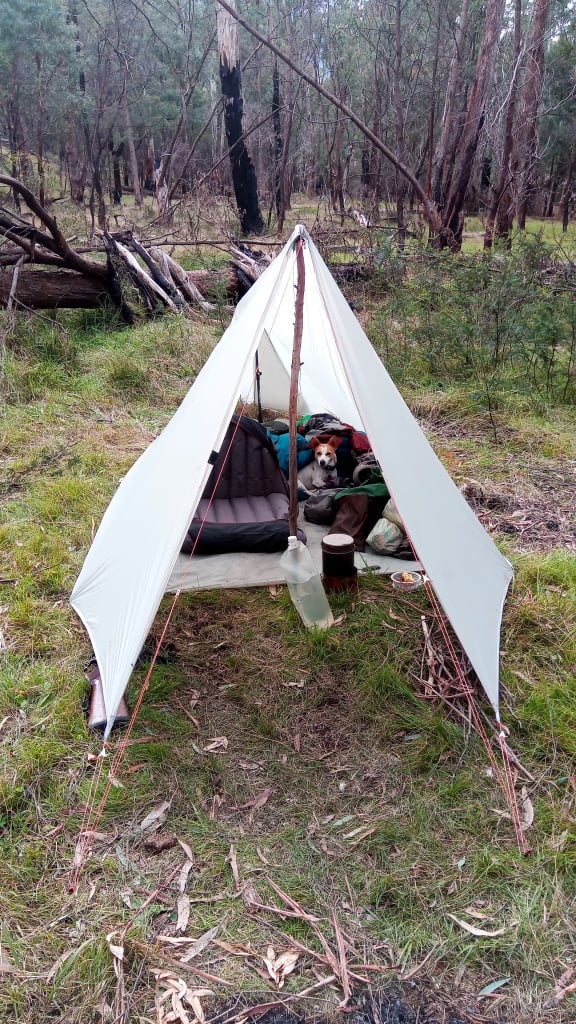
You may have noticed I always use a (DIY) ‘tent’ (as I prefer to call it/them) such as my most recent model – The Grey Flyer at 476 grams complete with pegs/guys – and big enough for two, two small dogs and lots of gear spread out which I heat with an open fire out the front or with my new DIY sub 300 gram tent stove (if wood is scarce, etc) so that I am never at all cold or ever have even a cold back or indeed need to use a single calorie of food to warm me (at least in camp). This is a huge energy saving.
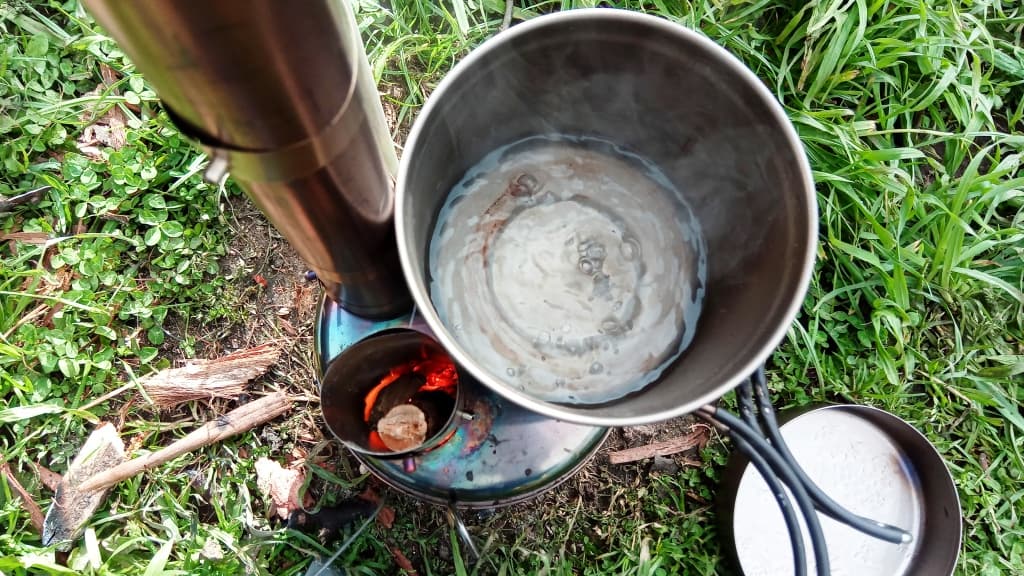
Add this to a sensible insulation strategy which includes a proper choice of hiking mat R-rating, an adequately insulative sleeping bag and well-prepared layering strategy I guess I save around half the calories I might otherwise have to carry.
Probably a hiking ration might average around 3.5 calories per gram or less dry weight, so that if I needed closer to 4-5000 calories per day instead of 2-2500 which is all I actually ever need I would have to carry about twice as much food or around another 500 grams of extra food per day spent hiking/camping out.
This quickly adds up and would make a ten day hike quite weight prohibitive – ie an extra 5 kg on top of the 5 kg I actually need. Of course on such a trip, as I have explained in FuelFollies I have already saved over half a kg in fuel/stoves to cook that food with.
See Also:

